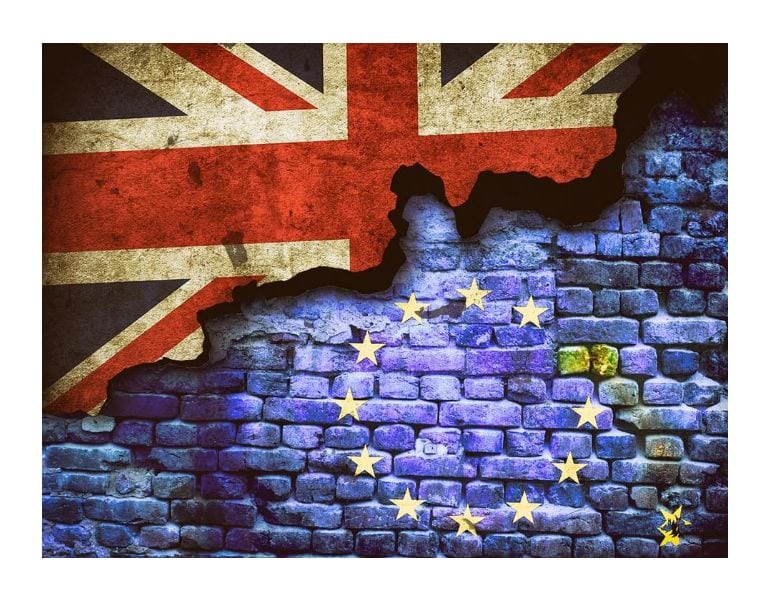
The UK’s Cabinet Office Minister, Michael Gove MP, created some excitement last week when he suggested that some 50,000 new Customs entry clerks should be trained to complete Customs declarations for when the UK finally departs the EU. This is interesting as the implication in the media is that Customs entries will have to be completed by hand, and the volumes will be huge.
At this point, I think some context may be helpful. According to the UK’s National Audit Office (NAO), in 2019 the estimate of the number of Customs entries required will be of the order of some 270m, assuming the UK leaves without a deal. The current number of entries is around 55 million, so this is a considerable increase. HM Revenue & Customs also estimated that these new declarations would probably come from some 150-250,000 existing traders, who would be doing this for the first time. This could also be viewed as a very challenging issue, not least in relation to the procurement of all the paper and ink required to complete the appropriate Customs documentation.
However, the reality may be somewhat different, as almost all of the existing declarations to Customs are carried out through information systems and have been done this way for decades. These declarations relate to goods traded with countries outside the EU, the so-called ‘Third Countries’, which will be the UK’s status absent any kind of trade deal in place between the UK and EU.
Alongside this, Customs have been upgrading their systems to support simplified procedures helping to facilitate speedy shipment flow. They have been doing this in concert with the UK’s freight information systems providers, who have been a vibrant and vocal community engaging with and occasionally challenging, HM Customs for over 30 years. There are around 30 software suppliers who are members of the Association of Freight Software Suppliers (AFSS) and through whom a vast majority of the UK’s Customs declarations are submitted. Most of them have been interconnecting with the primary Customs system CHIEF, since the 1980s. Note this was also long before the Single Market was created. In fact the UK has always been a pioneer in the field of electronic Customs submissions, with the very first example of this being LACES (London Airport Cargo Entry System) linked to the Customs DEPS in the 1970s.
A vast majority of the users of these systems are the freight forwarders and carriers themselves. They have the expertise and the necessary technical integration with all of the relevant parties to submit huge volumes of Customs entries if required. A word of caution however, as there will always be problems when upgrading or augmenting existing technology. Customs themselves have admitted that the transition to the simplified systems has taken longer than planned.
So shippers alarmed by some of the commentary in the media about the potential for delays and chaos, should pause for a second and wonder how many of the shipments traded with countries outside the EU, do so without drama? This is especially relevant concerning airfreight, which are usually time-critical shipments that cannot be delayed. They move courtesy of the electronic links between the shippers, logistics service providers (forwarders, 3PL’s, Carriers, etc.) and the various Customs authorities.
Shippers currently trading with customers or suppliers outside the EU will probably be familiar with the technology used to submit Customs declarations to the relevant authorities. Companies having to explore this area for the first time should consider working with a logistics service partner or systems supplier who has experience doing this. Employing some people familiar with the Customs entry process may also be helpful, but I remain to be convinced that procuring large amounts or forms and writing instruments is the wisest course of action.
Source: Transport Intelligence, 07 May 2020
Author: Ken Lyon